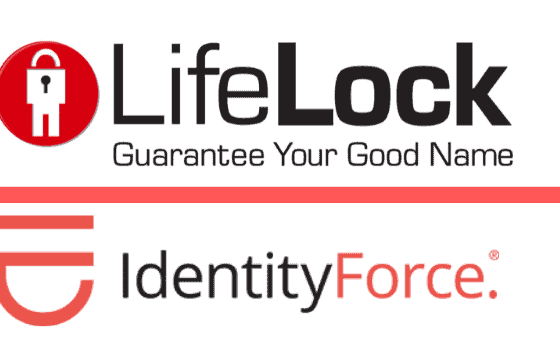Equity-indexed universal life, also known as EIUL, is a complex life insurance product. Life insurance agents often tell you that you can earn the upside potential of the stock market without any of the downside risks. That’s half the story. A lot of these products contain unnecessary riders and provisions that make the product more complex. If you’re thinking of buying this type of life insurance to supplement your retirement income, here’s how to sort the wheat from the chaff.
Learn The Basics
EIUL works by investing your premium dollars into a combination of bonds and index call options. An index call option is like any other options contract except that it allows the insurer to leverage the gains in an entire stock market index – as opposed to just a single stock – without actually owning any shares in the index.
When the stock market rises, the insurer shares in the gains. When the stock market falls, it absorbs the losses and pays you the promised interest on the underlying bond-investment portion of the contract. Every EIUL works this way. The details of how interest is credited to your policy is what differs – sometimes dramatically.
Get Good Guarantees
Make sure your contract has good minimum and maximum guarantees. Look at the guarantees in the contract. For an EIUL, important guarantees include the participation rate and the cap rate.
The cap rate: A cap rate is the maximum interest rate an insurance company will credit your policy with. For example, if the policy sets the cap rate at 14 percent, and the market moves up by 16 percent, you capture the gains – but only up to the cap rate. You bang into the cap, get your 14 percent, and the insurer keeps the rest.
Because of this, a company offering a high guaranteed minimum cap rate is essential. You see, part of the way the insurer is able to profit from these policies is by lowering cap rates on the policy. Sometimes, those index call options don’t work out so well. The insurer has promised you a minimum rate of return. It has to make its profits somewhere. Moving the cap rate down (so you capture less of the upside of the market) is one way to do that. A cap rate is the maximum interest rate you can earn in your EIUL. The higher the cap rate, the better.
Participation rates are also important. A participation rate determines how much of the upside of the stock market you’ll receive. If a participation rate is 75 percent, it means that you earn just 7 percent for every 10 percent increase in the market. Obviously this can put a damper on your policy’s gains. Make sure you receive a 100 percent participation rate on your contract. That means you’ll get the full upside potential (up to the cap, of course).
Keep it Simple
All other things being equal, try to keep things simple. The simpler, the better. Choose contracts that are straightforward. If the insurance agent can’t explain it to you, or you can’t figure out how the policy works by reading through the policy illustration paperwork, pass on it and choose another company. This is a tough one to follow through on, simply because the nature of the product lends itself to complexity. Still, try to chose policies with the fewest "moving parts." In other words, look for policies where the insurance company has few opportunities to lower the interest it credits to you and where the maximum insurance charges in the product won’t cause your policy to lapse.
Make Sure You Have Some Options When It Comes To Interest Crediting
One of the best crediting strategies in an EIUL is still the annual point-to-point method. It’s simple and straightforward. However, there are times when you may want to choose other crediting options like a monthly point-to-point or a monthly averaging method. Each has its own strengths and weaknesses. The more options you have, generally, the better.
In addition to this, having more than one index available allows you to spread out your risk. Some policies only allow you to capture the gains from the S&P500. Try to choose companies that offer several indices like the Dow Jones, the S&P500, the NSDAQ, and even foreign stock markets.





